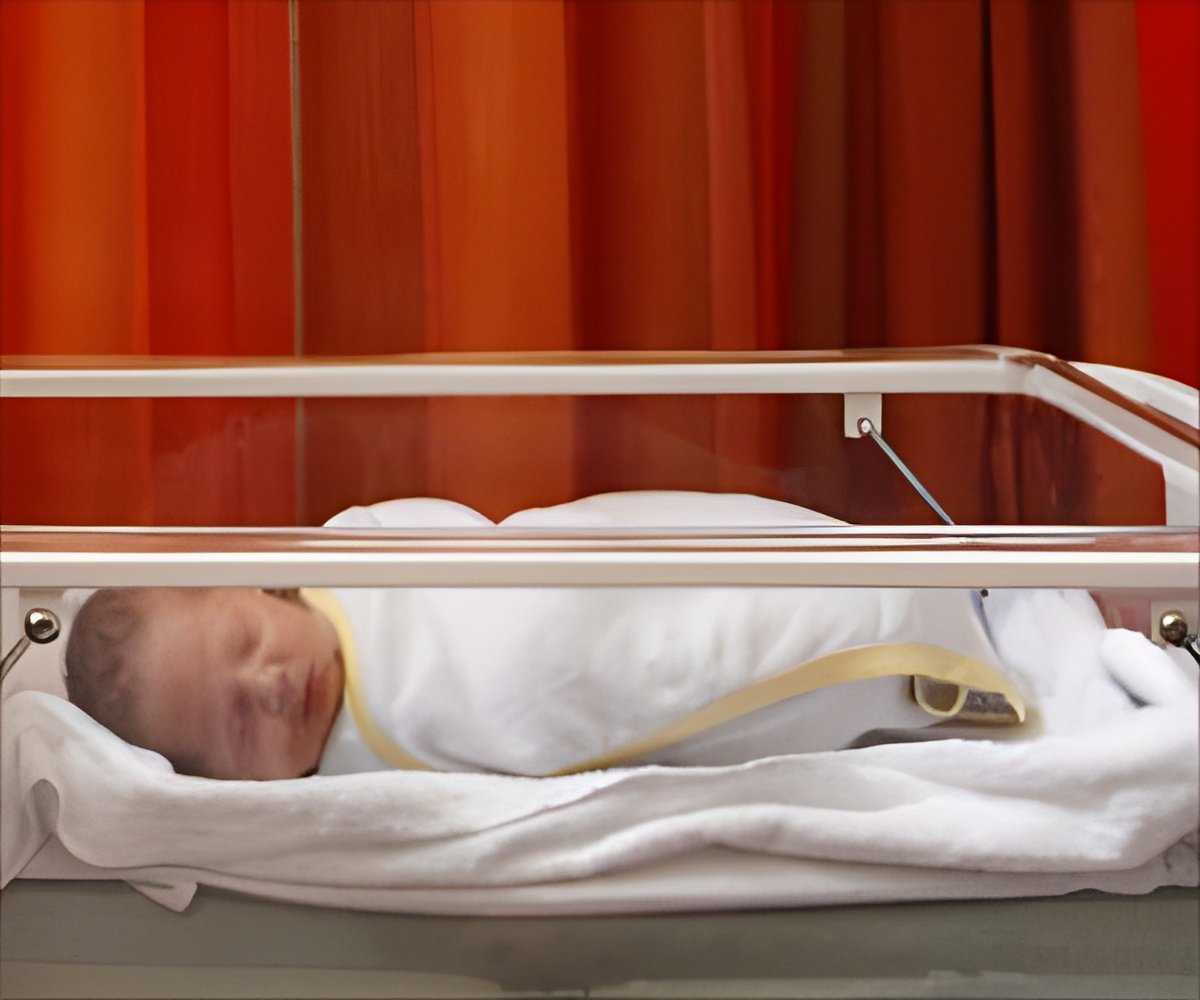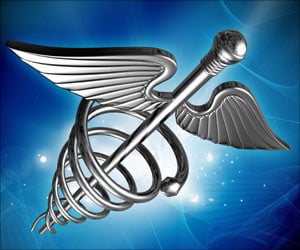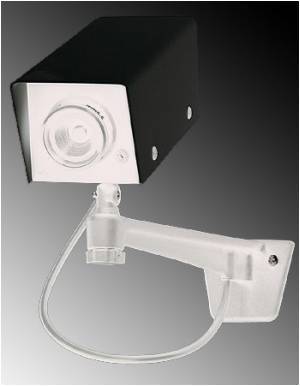Medical professionals routinely monitor vital signs including body temperature, blood pressure, pulse rate (heart rate), and breathing rate (respiratory rate). Rice University researchers have made this assessment easier than before by developing a camera that can monitor health just by looking at a person’s face. The highly accurate, touch-free system, DistancePPG, can measure a patient’s pulse and breathing just by analyzing the changes in one’s skin color over time.
Researchers are making this not so new technique work under conditions that have so far stumped earlier systems. Other camera-based systems have been challenged by low-light conditions, dark skin tones and movement. But, DistancePPG relies on algorithms that correct for those variables. The research team comprising of Rice graduate student Mayank Kumar and professors Ashok Veeraraghavan and Ashutosh Sabharwal created the system that will let doctors diagnose patients from a distance with special attention paid to those in low-resource settings.
Kumar, the project’s lead graduate researcher, said, "DistancePPG would be particularly helpful to monitor premature infants for whom blood pressure cuffs or wired probes could pose a threat. Our key finding was that the strength of the skin-color change signal was different in different regions of the face, and so they developed a weighted-averaging algorithm, which improved the accuracy of derived vital signs, rapidly expanding the scope, viability, reach and utility of camera-based vital-sign monitoring. By incorporating tracking to compensate for movement, even a smile, DistancePPG perceived a pulse rate to within one beat per minute, even for diverse skin tones under varied lighting conditions. We expect the software to find its way to mobile phones, tablets and computers so people can reliably measure their own vital signs whenever and wherever they choose."
The research is published in
Biomedical Optics Express.Source-Medindia










